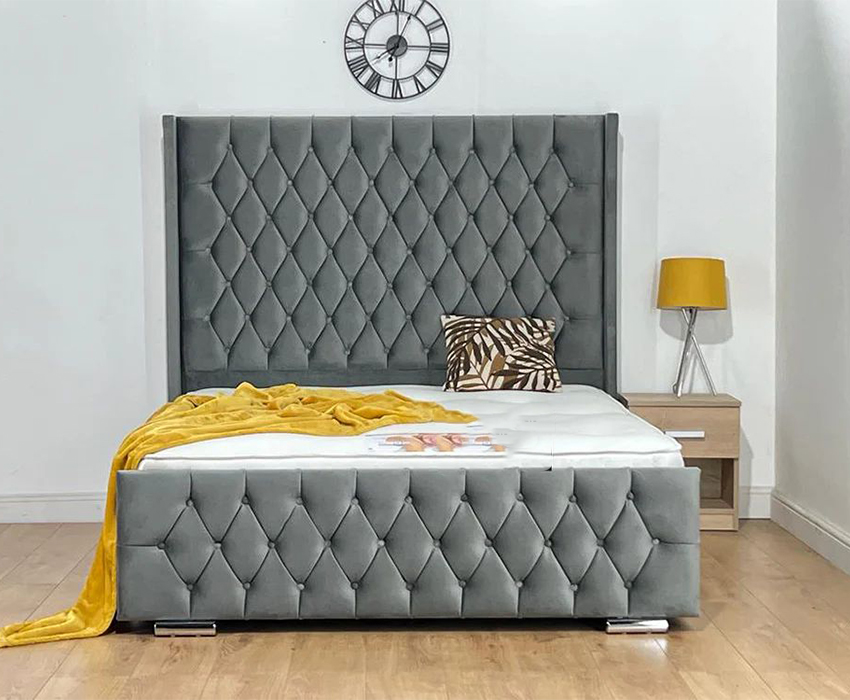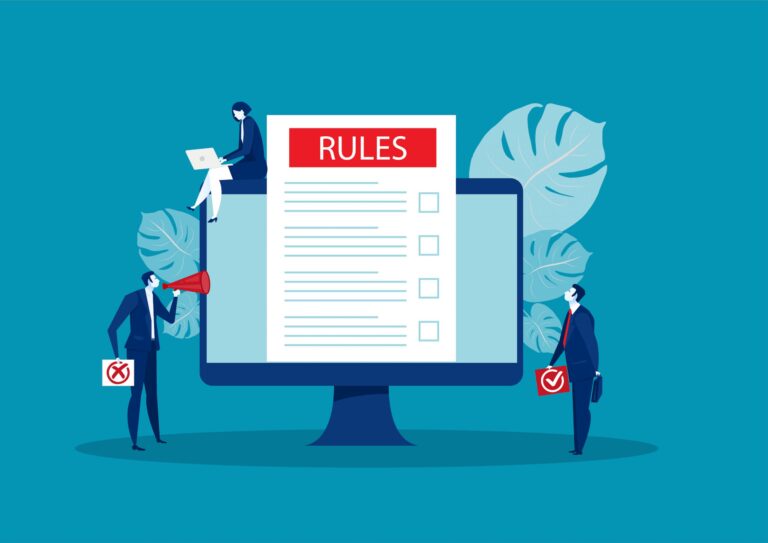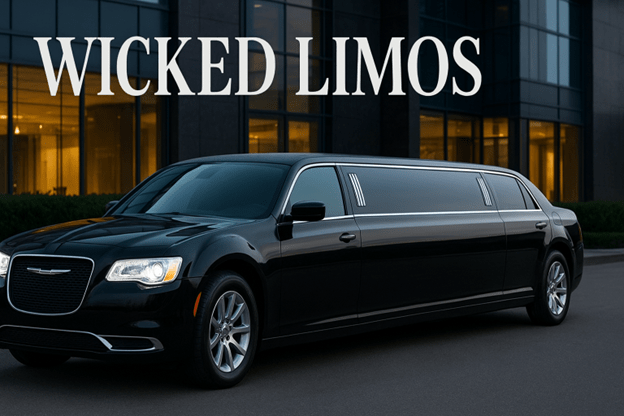
High-backed beds are a popular choice for those looking to add a touch of elegance and sophistication to their bedrooms. The high headboard creates a striking focal point, providing both aesthetic appeal and functional comfort. Manufacturing high-backed beds in a stylish way involves careful consideration of design, materials, craftsmanship, and attention to detail. Here’s a comprehensive guide on how to produce modern high-backed beds that stand out in the market.
Design and Conceptualization
a. Understanding Market Trends:
- Begin by researching current trends in bedroom furniture. High-backed beds are often associated with luxury, so explore designs that feature elements like tufting, unique shapes, and high-quality upholstery.
- Pay attention to popular colors and materials in interior design to ensure your high-backed beds are contemporary and appealing to consumers.
b. Sketching and Prototyping:
- Create detailed sketches of your high-backed bed designs, considering various styles such as modern, classic, and transitional. Include elements like curves, straight lines, or ornate detailing.
- Develop prototypes to refine the design and make necessary adjustments. This step allows you to evaluate the proportions, comfort, and overall look of the bed.
Material Selection
a. Frame Construction:
- Use high-quality hardwoods like oak, maple, or walnut for the frame. These woods are durable and provide a sturdy foundation for the bed.
- Ensure the frame is well-constructed to support the weight of the mattress and users, and to accommodate the high headboard without wobbling or bending.
b. Upholstery:
- Select premium fabrics or leathers for the headboard upholstery. Velvet, linen, and leather are popular choices that offer a luxurious feel and appearance.
- Consider using high-density foam padding beneath the upholstery for added comfort and a plush look. This enhances the tactile experience and provides a soft surface to lean against.
c. Detailing Materials:
- Incorporate decorative elements like button-tufting, nailhead trim, or contrast piping to elevate the design. These details add character and sophistication to the high-backed bed.
- Use high-quality adhesives, threads, and fasteners to ensure the durability and longevity of the bed.
Craftsmanship and Manufacturing Process
a. Frame Assembly:
- Start with precision-cut wooden pieces for the frame. Use mortise and tenon joints or other robust joinery techniques to assemble the frame securely.
- Reinforce critical points with screws and wood glue to enhance stability and strength.
b. Upholstery Process:
- Cut the chosen fabric or leather to the correct size, allowing for enough material to cover the foam padding and wrap around the edges securely.
- Attach the high-density foam padding to the headboard frame using a strong adhesive. Ensure the foam is evenly distributed for a smooth finish.
- Stretch the fabric or leather over the foam, securing it at the back with staples or tacks.
c. Detailing:
- Add button-tufting by sewing buttons through the fabric and foam into the frame. This creates the classic tufted look that adds depth and texture to the headboard.
- Apply nailhead trim along the edges of the headboard for a refined, polished appearance. Use a template or guide to ensure evenly spaced and aligned nails.
Quality Control and Finishing Touches
a. Inspection:
- Thoroughly inspect each high-backed bed for quality and consistency. Check for any defects in the frame, upholstery, or detailing.
- Ensure the bed is sturdy and stable, with no wobbling or loose parts.
b. Finishing:
- Apply a protective finish to the wooden parts of the frame, such as a clear lacquer or wood stain, to enhance the natural beauty of the wood and protect it from wear and tear.
- Clean the upholstered parts, removing any dust or debris. Ensure the fabric or leather is clean and free from stains.
Packaging and Presentation
a. Packaging:
- Pack the high-backed beds securely to prevent damage during transportation. Use protective materials like foam padding, bubble wrap, and sturdy cardboard boxes.
- Include assembly instructions and any necessary hardware in the packaging, making it easy for customers to set up the bed.
b. Branding:
- Brand your high-backed beds with labels or tags that reflect your company’s name and logo. Consider including care instructions to help customers maintain the bed’s appearance and durability.
c. Marketing:
- Highlight the unique features and benefits of your high-backed beds in marketing materials. Use high-quality images and videos to showcase the design, craftsmanship, and luxurious appeal.
- Promote your high-backed beds through various channels, including online platforms, social media, and in-store displays.
Conclusion
Manufacturing high-backed beds in a stylish way requires a blend of innovative design, quality materials, skilled craftsmanship, and meticulous attention to detail. By focusing on these elements, you can create high-backed beds that not only meet but exceed customer expectations, establishing your brand as a leader in the luxury bedroom furniture market. Whether through classic tufted designs or modern, sleek styles, high-backed beds can become the centerpiece of any bedroom, offering both comfort and elegance.







